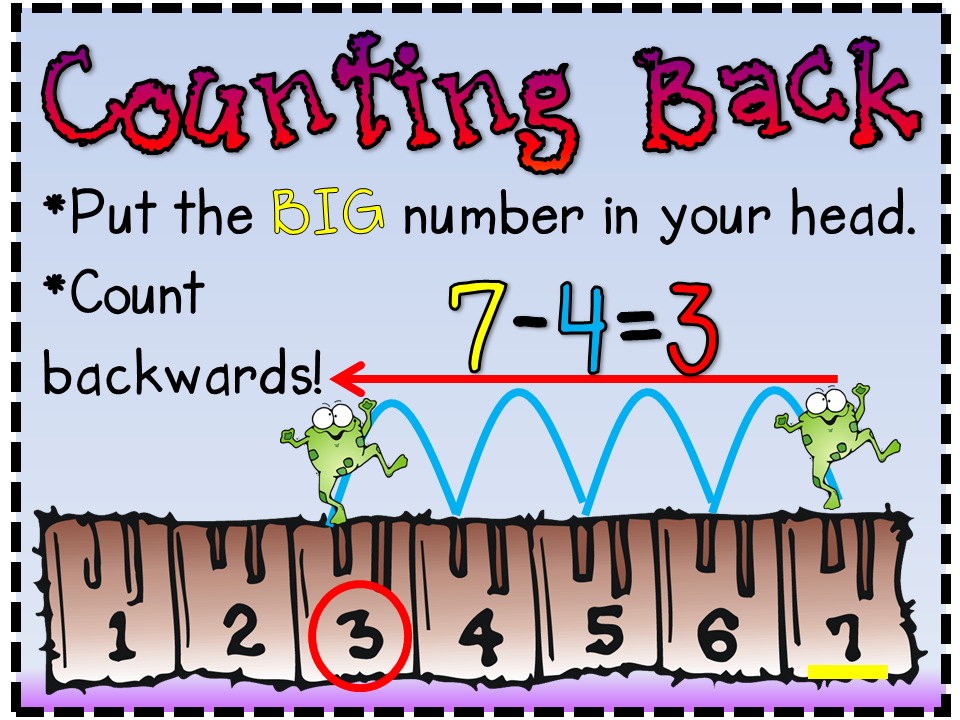Daily 5: In class we rotate daily through 5 language art centers.
Read to Self: Students choose a good fit book and read
Read to Friend: Students shoose a partner and a good fit book and read EEKK- Elbow to Elbow, Knee to Knee
Listen to Reading: Students can choose from RAZ kids and my online listening library
Work on Writing: Students participate in writers workshop in small groups.
Word Work: Students must complete their word work worksheets (spelling worksheets) once complete they can work at the spelling centers.
IPICK: Choosing a good fit book is an important part of being a good reader.
Stretching a Sentence!
Who? My cute puppy
Doing What? My cute puppy curls up on the rug.
When? Each night my cute puppy curls up on the rug
Where? Each night my cute puppy curls up on the rug in my bedroom.
Why? Each night my cute puppy curls up on the rug in my bedroom to chew his bone.
Grade 1: Patterns/Numbers
Number Sense
Adding/Subtracting Strategies:


Counting On!


Grade 1: Building Things (Starting January)
Seasons will be a science unit we focus on all year long.
My World: Home, School, and Community
Is your child sick? Are you going on vacation? Phone 780-464-3330 or click below to report your child's absence from school.
Is your child required to take/store medications at school? Please complete the required forms on Permission Click.
Volunteering at the school? Please complete the Confidentiality Undertaking and Declaration for Volunteers form prior to your visit.